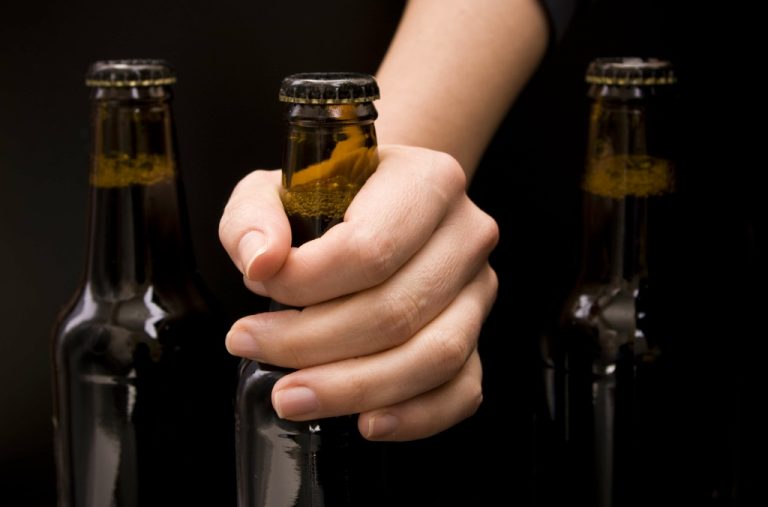Understanding the Addiction Cycle for Addiction Recovery
It occurs when a person stops taking drugs and begins to experience withdrawal symptoms. The process can vary based on individual needs, the severity of the addiction, and the chosen treatment approach. In this stage, individuals become preoccupied with thoughts of obtaining the addictive substance or engaging in the addictive behaviour. Cravings and obsessive thinking about the substance or behaviour become common. This preoccupation can lead to impulsive and compulsive behaviours aimed at satisfying the cravings, often overriding rational decision-making and consideration of the negative consequences. This stage can create a cycle of desire, pursuit, consumption, and negative aftermath, perpetuating the addictive behaviour.

It happens in certain stages or phases, but the specifics of the cycle vary depending on the substance or behavior involved. Drug and alcohol use alters the way the brain and certain neurotransmitters function. These changes in brain chemistry create addiction, tolerance and withdrawal symptoms, which all lead to cravings. Risk factors are, by definition, factors that can increase a person’s risk for developing a certain condition or illness, such as alcoholism or drug addiction. The heritability of substance abuse, however, can also be influenced by a “nurture” element.
Addiction Stage 4: Addiction
He brings extensive knowledge of organizational growth, industry-leading outcomes, and comprehensive marketing to SpringBoard Recovery. This path has truly driven his ambition to help make treatment available to others who are struggling with addiction. Robert finds great joy in traveling and keeping physically active, with an emphasis on biking. Robert resides in Arizona with his husband and two four-legged children. The cost of addiction throughout the U.S. alone is more than a staggering $740 billion annually. Overcoming an addiction is not a simple process, but it is possible with the right addiction treatment program.
- Sensory reminders of addiction can easily trigger relapse during recovery, such as seeing, smelling, or touching drugs or alcohol.
- Later stages, like stages 3 and 4, may require more involved treatment.
Understanding and identifying each stage is critical for effective relapse prevention, and breaking free from the cycle of addiction is possible, with the right help and support. It’s a daunting reality, but it’s crucial to understand that chronic illnesses like addiction, whether stemming from substance abuse or co-occurring disorders, aren’t an overnight phenomenon. It’s a progressive cycle, often triggered by emotional, environmental, or psychological factors. Proper treatment programs can help most people enrolled in them to manage substance use disorder successfully and live a healthy and fulfilling life. This resulting chemical dependence evolves tolerance levels and fosters withdrawal symptoms, which are the two definitive signs of substance abuse addiction or behavioral addiction.
Life Kit
It is worth noting that signs and symptoms of substance addiction can vary based on the actual substance used, and the method of use, eg. Most individuals may be anxious or irritable for a short length of time, perhaps resulting from an upcoming event or situation. When there is constant anxiousness or irritability from seemingly all situations, it may be a clue an addiction is behind the change in persona. With the help of professionals and a supportive network, your loved one can craft a new path away from addiction. It takes strength, resilience, and a willingness to change, but it’s possible.
Initial use, for many people, progresses into the next stage of substance abuse. The World Health Organization defines substance abuse as harmful or hazardous use of psychoactive substances, including illicit drugs and alcohol. The question is why adolescents and adults decide to use drugs, alcohol, and other addictive substances in the first place. As individuals continue to drink alcohol over time, progressive changes may occur in the structure and function of their brains.
An In-depth Look at the Cycle of Addiction
Drugs interfere with the way neurons send, receive, and process signals via “neurotransmitters.” Some drugs, like cannabis and heroin, will attach to and activate the neurons. Although these drugs mimic the brain’s own chemicals, they lead get out of addiction cycle to abnormal messages being sent through the network. Drugs like opioids disrupt other parts of the brain, such as the brain stem, which controls basic functions that are critical to life, including heart rate, breathing, and sleeping.
